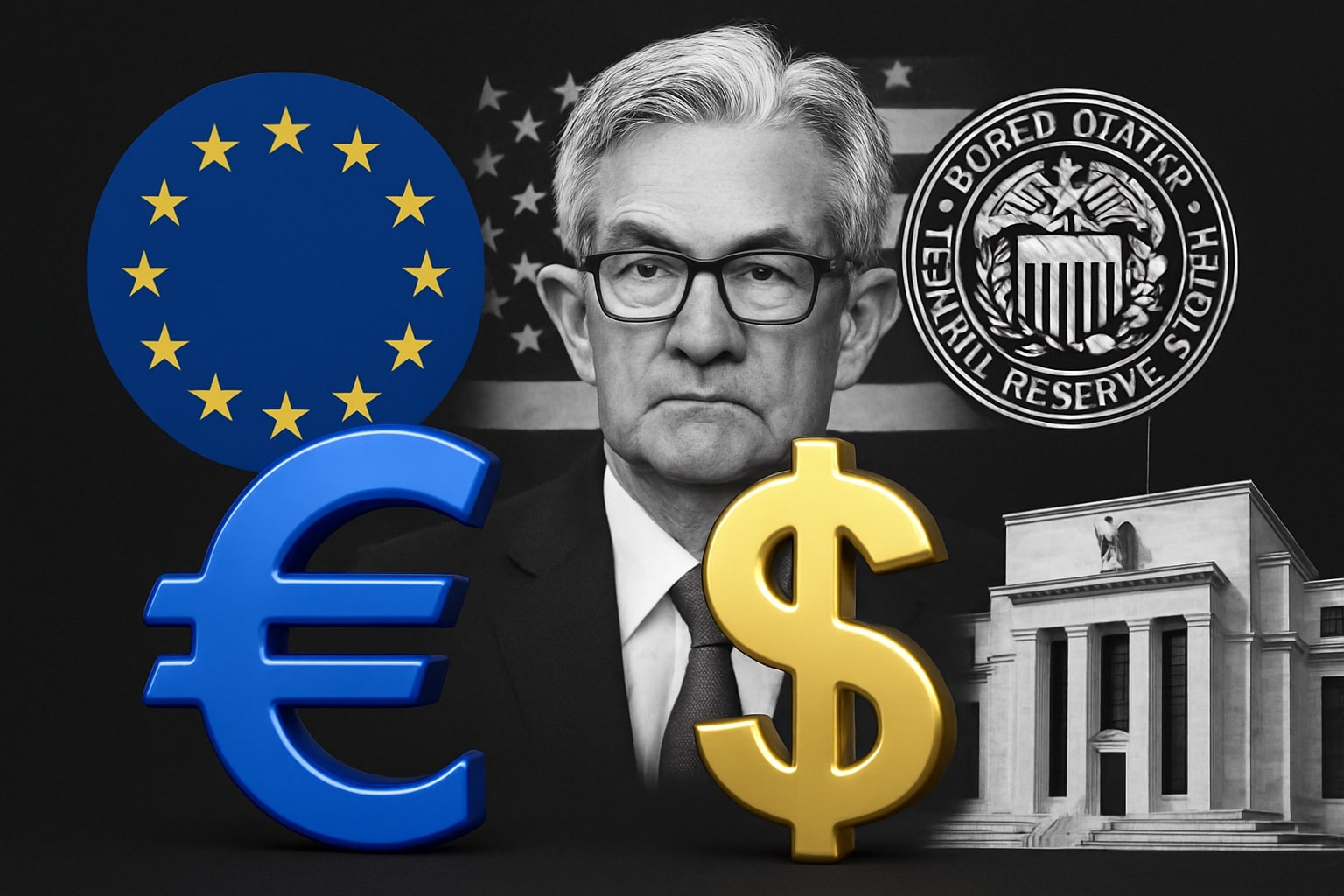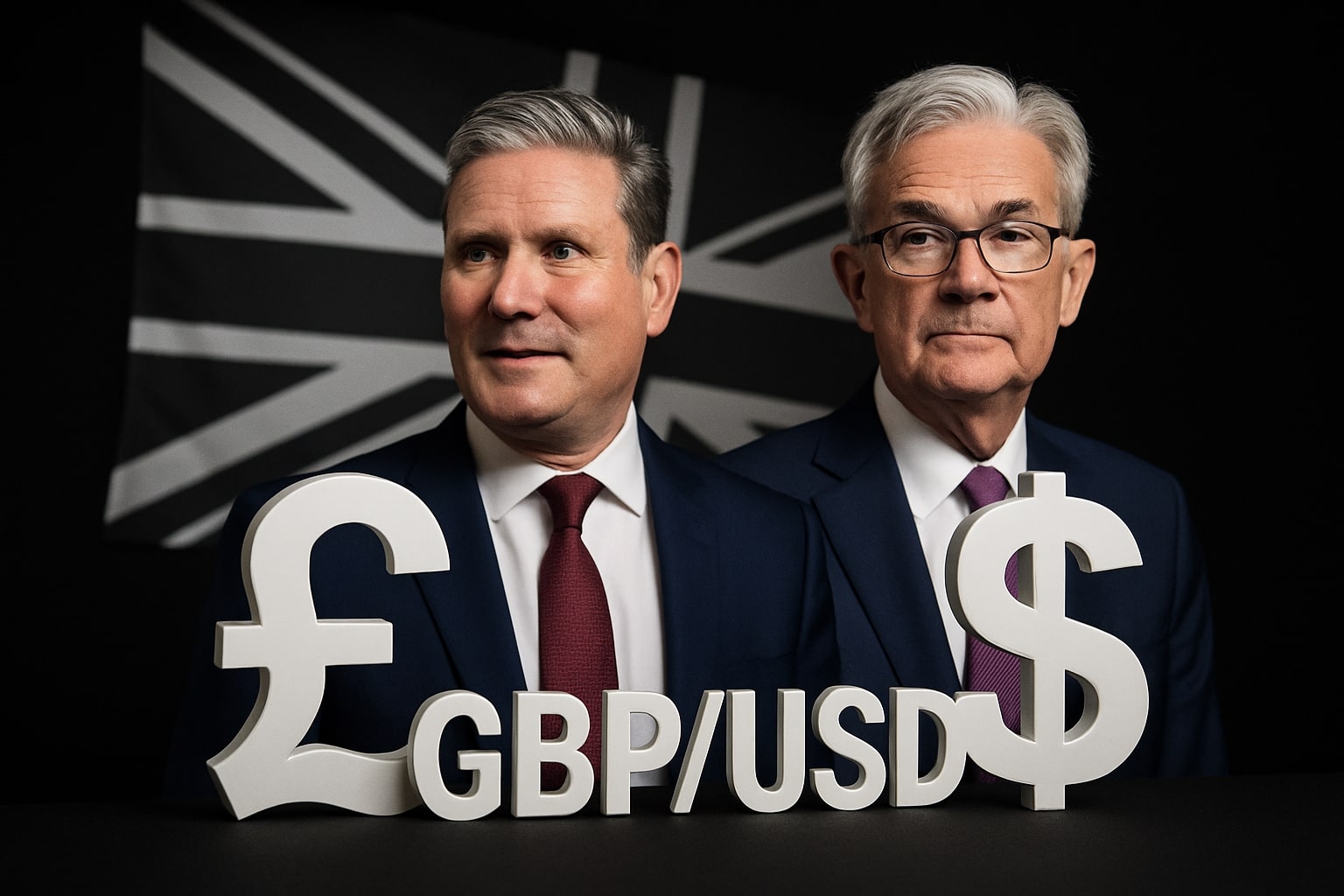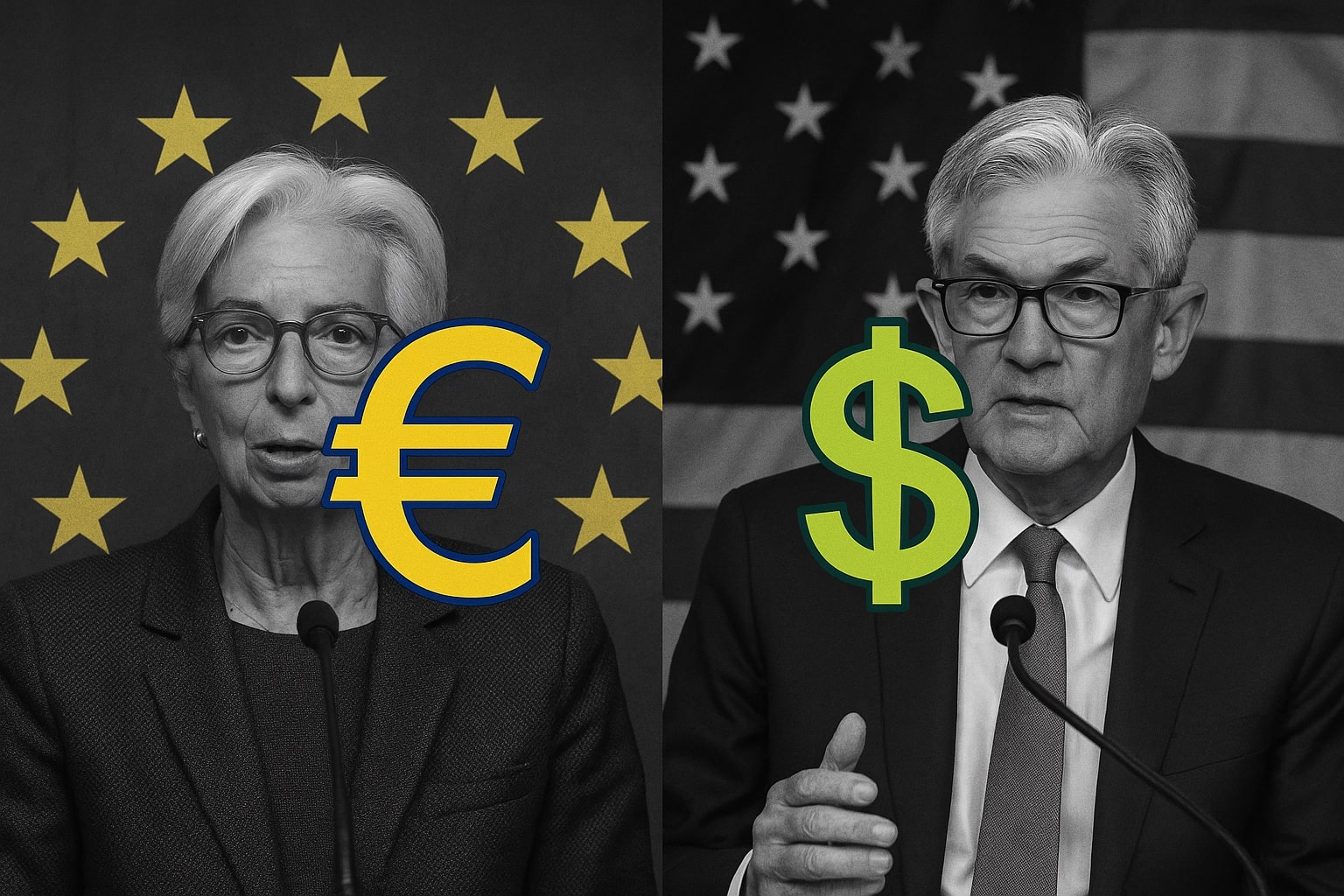French Instability and Eurozone Fiscal Stress Keep Investors Defensive on EUR/USD
The renewed French political crisis comes at a sensitive moment for the eurozone. The proposed fiscal budget targets a 2.9% deficit, just below the EU’s 3% threshold, yet political infighting threatens its approval. If the parliament rejects the package, a temporary spending freeze could trigger downgrades from rating agencies, potentially pushing French credit spreads even higher. Such a move would ripple through European bond markets, amplifying pressure on EUR/USD as capital flows rotate toward the dollar and U.S. Treasuries.
Market participants are watching the G20 and IMF annual meetings this week for clarity on policy coordination. Both the Fed’s Jerome Powell and ECB’s Lagarde are scheduled to speak, and their tone could dictate near-term momentum for EUR/USD. Traders expect Powell to acknowledge the impact of the prolonged shutdown and reaffirm dovish guidance, while Lagarde may stress fiscal discipline and policy patience. Any signal of policy divergence—softer U.S. stance versus cautious ECB messaging—could briefly lift the euro, but sentiment remains fragile.
Technical Picture: EUR/USD Bias Remains Bearish Below 1.1600
The EUR/USD technical configuration confirms persistent selling pressure. The pair trades below all major moving averages—20-period MA at 1.1650, 50-period MA at 1.1700, and 200-period MA at 1.1730—maintaining a downward structure since late September. The RSI at 42 signals weak buying momentum, while the MACD histogram remains negative, showing no bullish divergence.
Immediate support sits near 1.1550, followed by 1.1500, a level that coincides with August lows. A clean break below this zone exposes 1.1460, where buyers could reemerge to defend the psychological threshold. On the upside, resistance aligns around 1.1630, then 1.1710, both representing previous breakdown zones. For bulls to regain control, the pair must close above 1.1660 and reclaim its 200-day EMA—otherwise, the structure favors continued downside.
From a trading perspective, volume analysis shows heavy liquidation between 1.1570–1.1600, suggesting institutional supply dominates that range. The pair has yet to print a confirmed lower low under 1.1500, but the trajectory points clearly downward unless macro catalysts shift decisively.
Macro Outlook: EUR/USD Faces Dual Pressure from Fiscal Discord and Dollar Liquidity
Beyond political headlines, structural liquidity differences between the euro and the dollar are widening. U.S. money market funds continue to absorb global inflows, adding $72 billion last week alone as investors sought safety from European credit exposure. In contrast, eurozone deposit growth has stalled, and negative real yields persist across periphery bonds. The euro’s vulnerability stems from this divergence: while the U.S. grapples with a temporary shutdown, Europe’s stagnation appears embedded.
Energy prices further complicate the outlook. Brent crude (BZ=F) rebounded 1.5% to $63.70, adding inflationary pressure to eurozone import costs. Higher oil prices historically correlate with weaker euro performance, as the region remains a net energy importer. Conversely, lower energy costs typically strengthen the currency; however, the geopolitical environment suggests volatility rather than relief.
Meanwhile, the U.S. fiscal impasse continues to dent confidence. Estimates suggest the shutdown could shave 0.3 percentage points off Q4 GDP, but investors believe the impact is temporary. The dollar remains supported by safe-haven flows and relative policy clarity.
Market Sentiment and Trading Dynamics for EUR/USD
Order-book data reveal a deep imbalance, with 67% of retail traders net long, often a contrarian indicator favoring further downside. Institutional hedgers have expanded short exposure to their highest level since May, according to CFTC positioning data, implying professional skepticism toward a near-term euro recovery. The risk-reward structure remains asymmetric: limited upside capped by 1.1650, broader downside open toward 1.1450 if the French vote triggers early elections.
With the U.S. CPI release postponed to October 24, volatility could compress temporarily before reigniting ahead of the Fed’s October 29 decision. The pair’s implied one-week volatility stands at 7.1%, below the historical average of 9.3%, indicating markets are bracing for a breakout later in the month.
Strategic View: Bias Remains Bearish, but Tactical Rebounds Possible
Considering macro divergence, technical weakness, and elevated political risk, the base case remains bearish for EUR/USD. The near-term floor is seen between 1.1500–1.1460, while topside rallies toward 1.1660–1.1700 may attract renewed selling. Short-term traders can exploit rebounds toward moving-average resistance zones, while long-term investors remain cautious amid rising French fiscal risks and continued dollar liquidity dominance.
However, if Powell signals a stronger commitment to rate cuts and Lagarde adopts a patient tone, a brief relief rally could lift EUR/USD toward 1.1710. Yet, without structural improvement in European fundamentals, sustained appreciation appears unlikely.
Verdict: The pair remains in a Sell bias below 1.1600, targeting 1.1500 in the short term and 1.1400 if political instability deepens and Fed policy remains data-dependent.




















